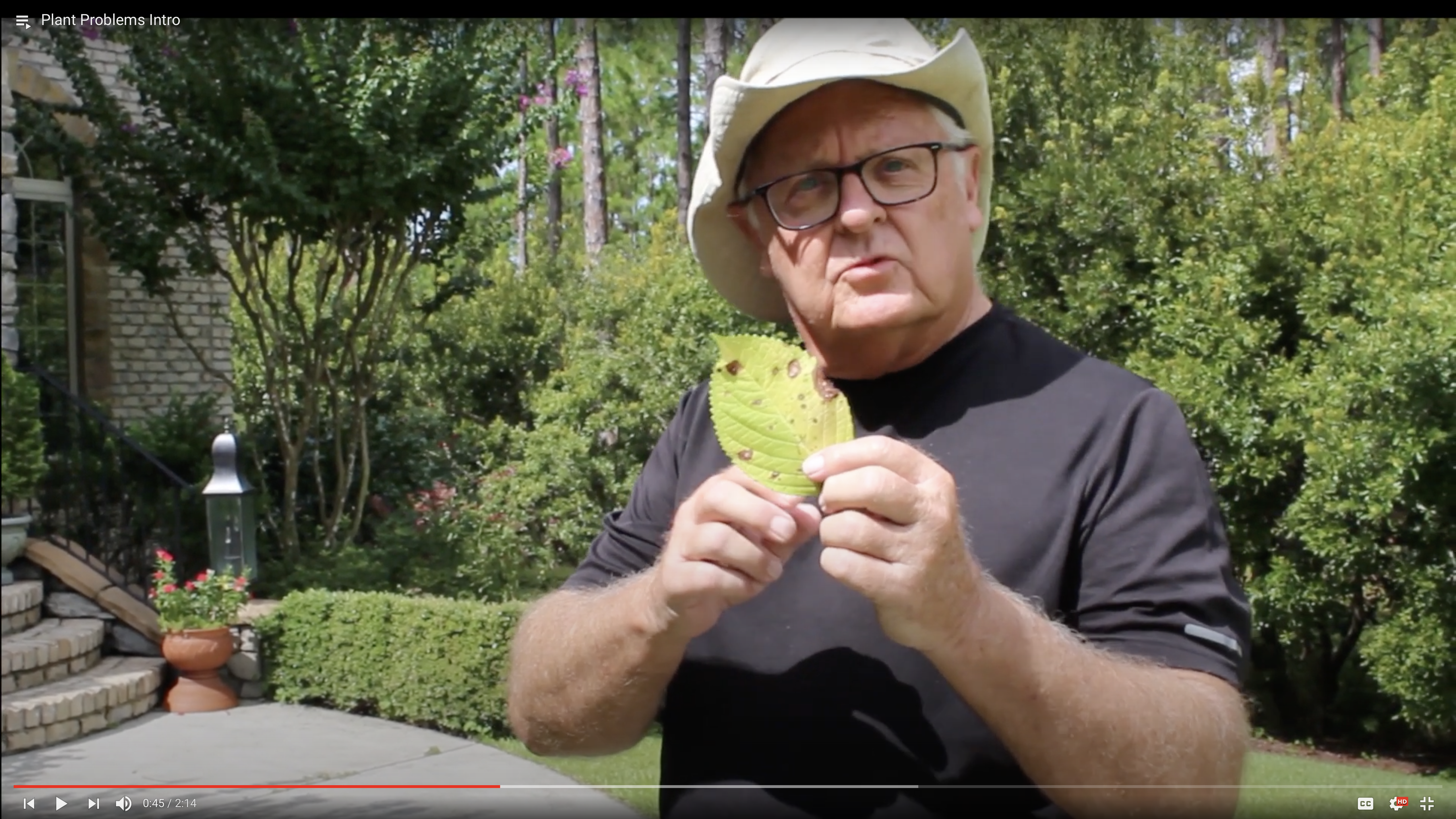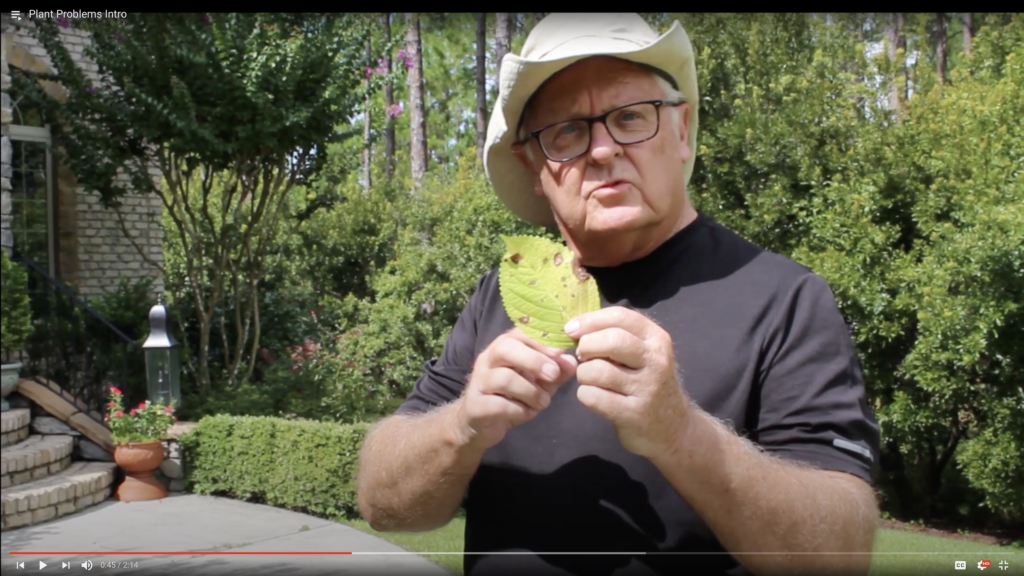Fall Is For Planting, And The NC Ag Extension Office Is Here To Help

As the temperatures drop and we can venture outside without succumbing to heat stroke, working in the garden is fun again. Cultivating growing things, for food or just because they are pretty, is healthy for the soul, especially when so much in the world seems full of weeds. But what do you do when your thumb is far from green and so are your plants? The Brunswick County office of the North Carolina Agricultural extension Office is here to help.
As the COVID response has limited their customary visits to, and interactions with, the public, the staff at the Cooperative Extension has been getting creative to find ways to bring their expertise to gardeners in need.
Krystyna Ochota, Consumer Horticulture Program Assistant and Master Gardener Coordinator, said that diagnosing problems usually involves looking at an example of a weed or pest. She said that while they like people to come in, there are only a limited number of appointments available and the office at the County Complex in Bolivia is a long drive for many county residents.

Ochota, Program Assistant Shawn Lennon, and Extension Agent Tom Woods, have been manning the virtual help desk. She said they have had success with photos sent to them via email. With the rain last month came many questions about how to control fungus. People were able to take photos of their problem fungus and email them in. “It’s a hit. I myself take care of 80-100 people a month like that.”
For people that can make the drive to Bolivia, but either don’t or can’t make an appointment, there is an information table outside the Extension office with handouts and other helpful tools, such as soil sample kits with instructions.
Ochota said the handouts cover frequently asked questions such as what to do with Bermuda or Centipede grass and when. They also offer a lot of information on native plants. “People are coming here the north in droves. They want to grow lilacs and they don’t grow here,” she explained. “This is the coastal plain. It’s different rom where they came from. So we have a Newcomer Packet. It’s our most requested handout.”
The next most asked questions are about dealing with pests. “We try to guide people to Integrated Pest Management,” Ochota said. This involves changing practices, like using appropriate plants or introducing natural predators, to better achieve success. “We’d like people to use other methods before going to toxic sprays,” she said.
For those who would like to see native plantings and practices like Integrated Pest management in action, YouTube has provided an answer. The Agricultural Extension Office has created a YouTube Channel that offers offerings from 4-H and Family and Youth Services as well.
“In less than a month we’ve had 285 people access videos on that site,” Ochota said. “Viewers average 2 1/2 videos each. I think it’s awesome, we’re ecstatic now. If we had to reach 285 people, that would be a whole month for several people.”
According to Ochota, folks from North Carolina State University came and trained them how to shoot and edit video. “We learned about three-shot wonders and one-shot wonders,” she said. “It’s opened up our eyes. Without that video class, it would be really hard. I’m really glad for that opportunity.”
She said it’s been a learning curve. “The editing is the time consuming part. A simple video, it can be eight hours work to produce start to finish, especially if you need to re-shoot.”
Though Woods’ videos from his back yard have made him a low-key celebrity in the gardening community, the videos are far from big Hollywood-style productions. “We have tripods and we do them ourselves,” Ochota said. “We’re doing it on our phone or tablets. It’s not fancy, swanky stuff. That’s the grass roots nature of these videos. It lends them a more approachable aspect.”
Zoom has also helped where some in-person classes had to be suspended. “When we suspended Day In The Yard classes, a couple of the last classes we did by Zoom, and that was a hit,” said Ochota. “We were able to combine three locations of people into one Zoom class. It’s not quite as good as in person, but they got a lot out of it. A lot of them had never been on Zoom before our class. It made everyone feel good that now they’re on Zoom and can appreciate that method of communication.”
Video also helped after the storm in August, when ocean flooding and salt-laden winds left many plantings damaged. “Ocean Isle had a lot of questions about salt water, and that’s far away. We coached via photo. We’re able to send links and fact sheets,” explained Ochota. “It’s been a multi-media kind of six months.”
Ochota said the silver lining this year is that they are working with more people than they would have before. And she says they have plans to continue using what they’ve learned moving forward.
“We’re working on a longer video. Normally, graduating Master Gardeners would do a garden tour. Instead we’re going to do a garden tour via video. We’re working on 30 second snippets to put together a garden tour so people can see what each garden has to offer. That’s big deal,” said Ochota.
We can’t wait to see it.











Leave a Reply